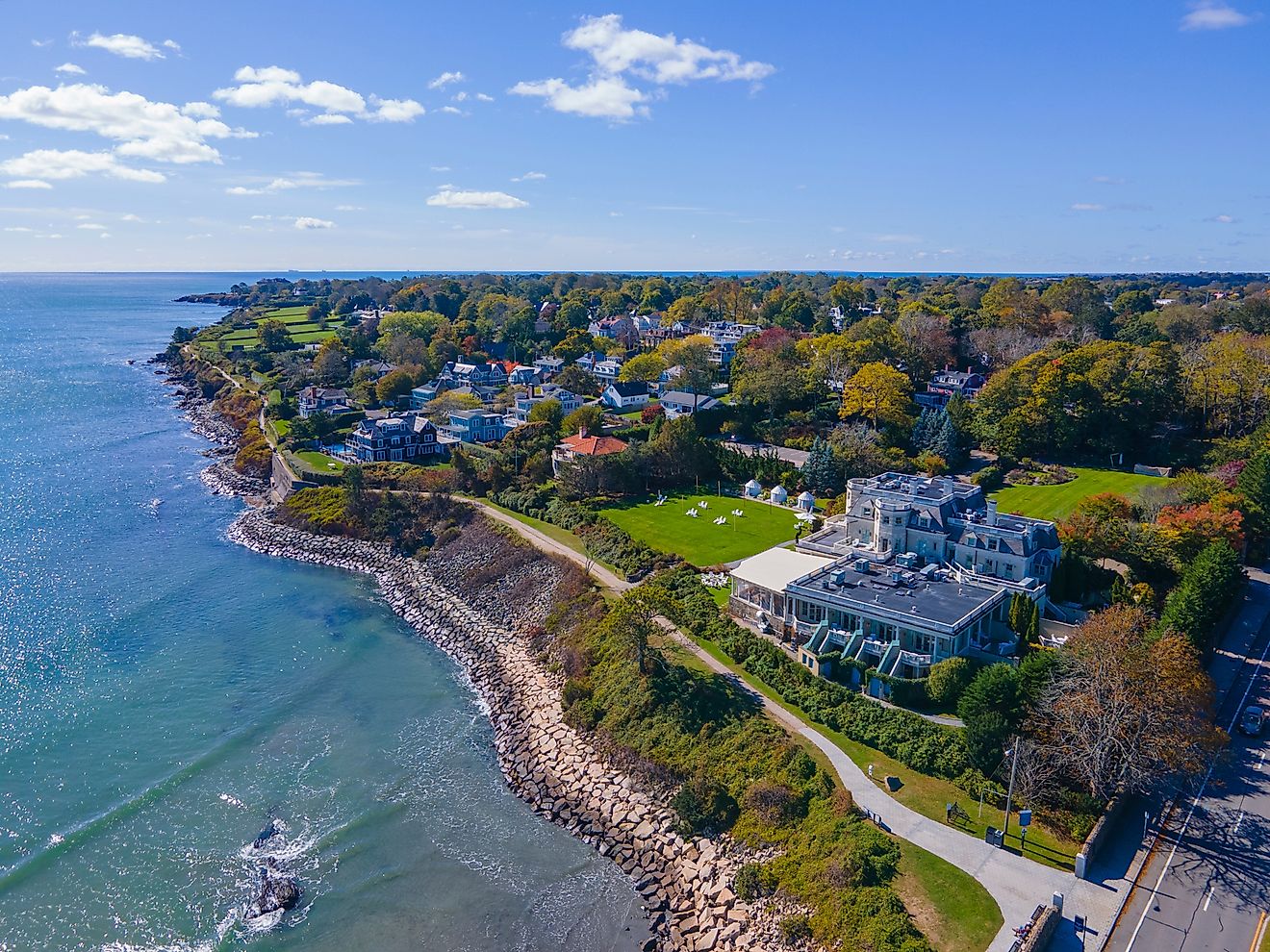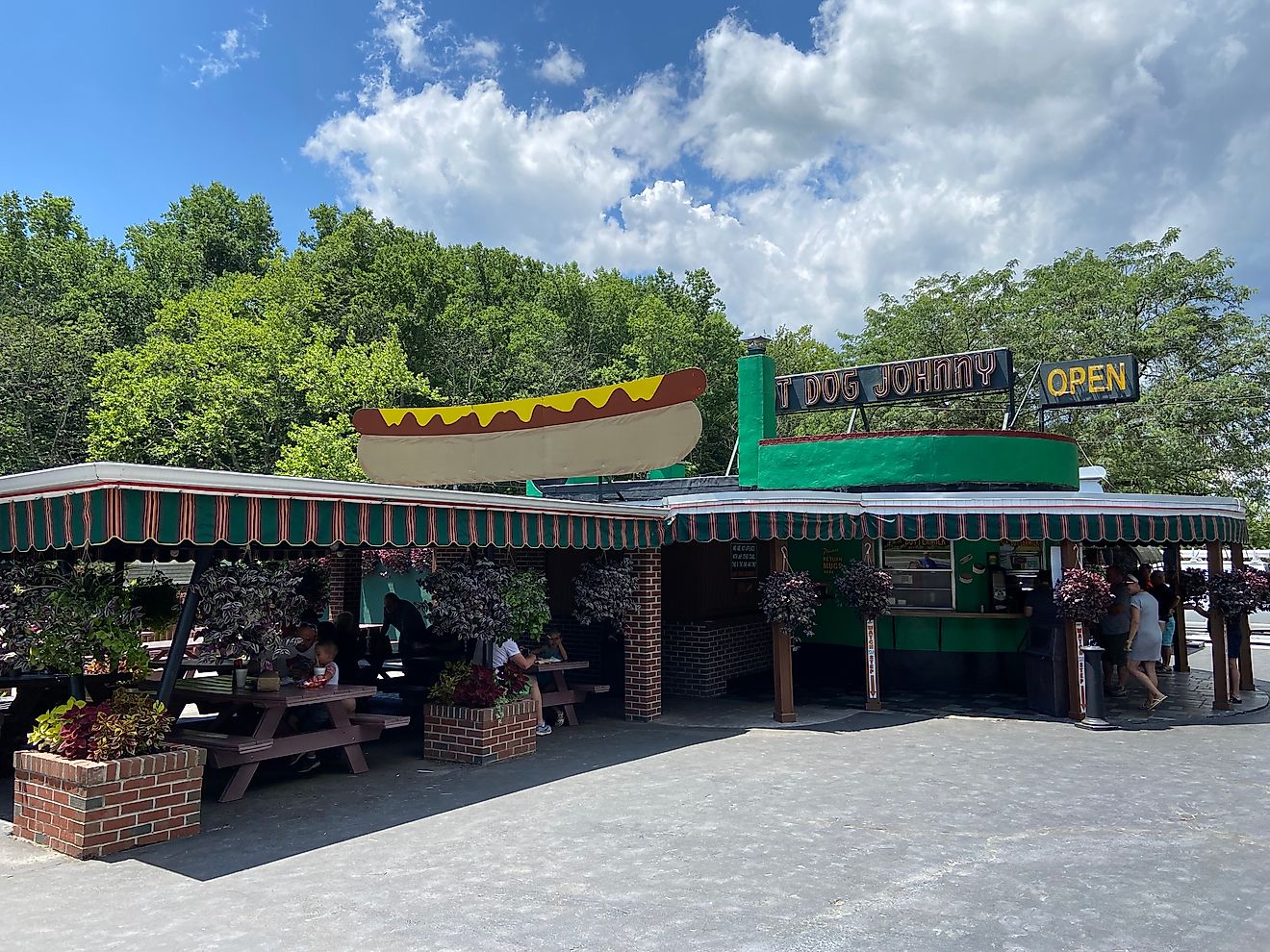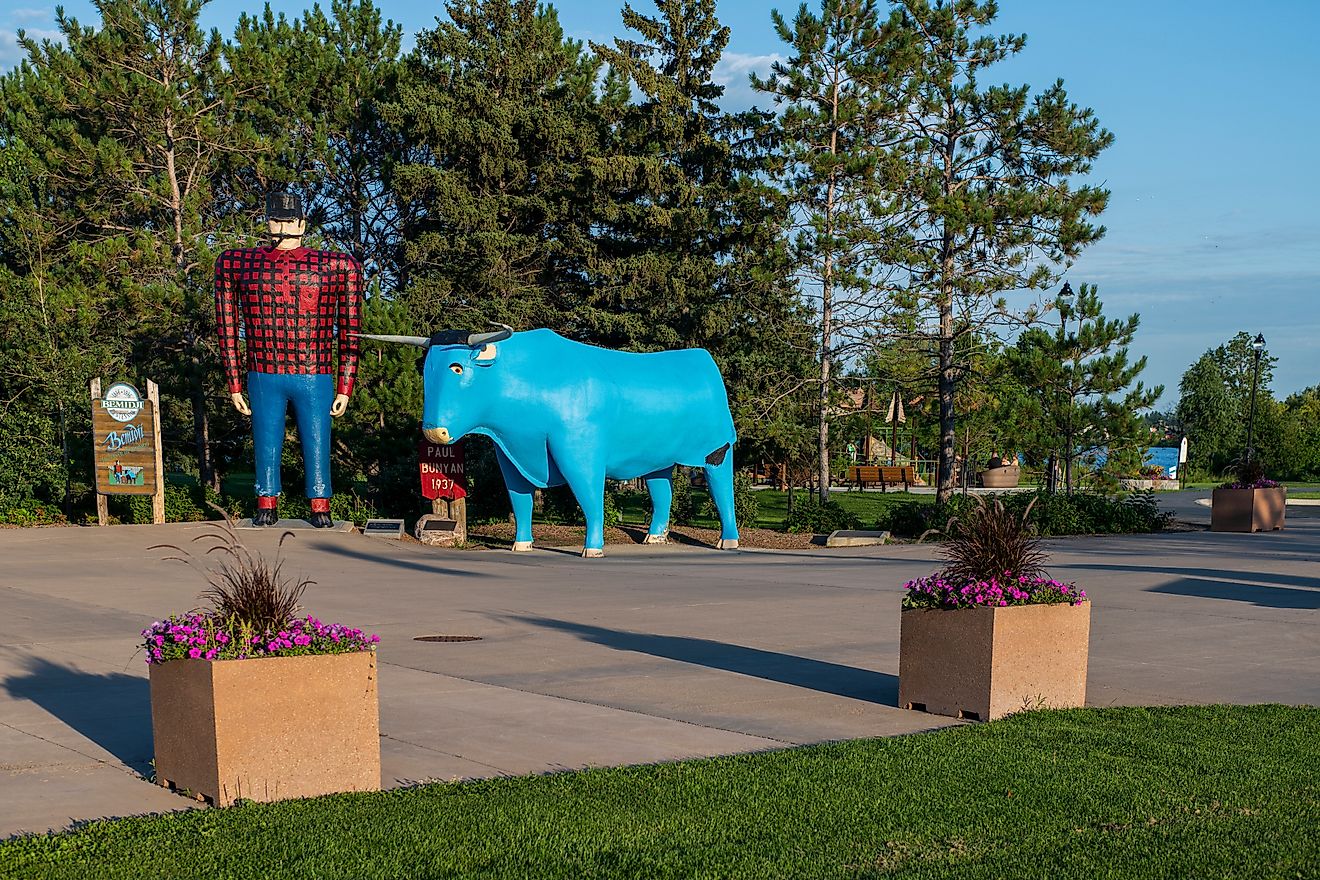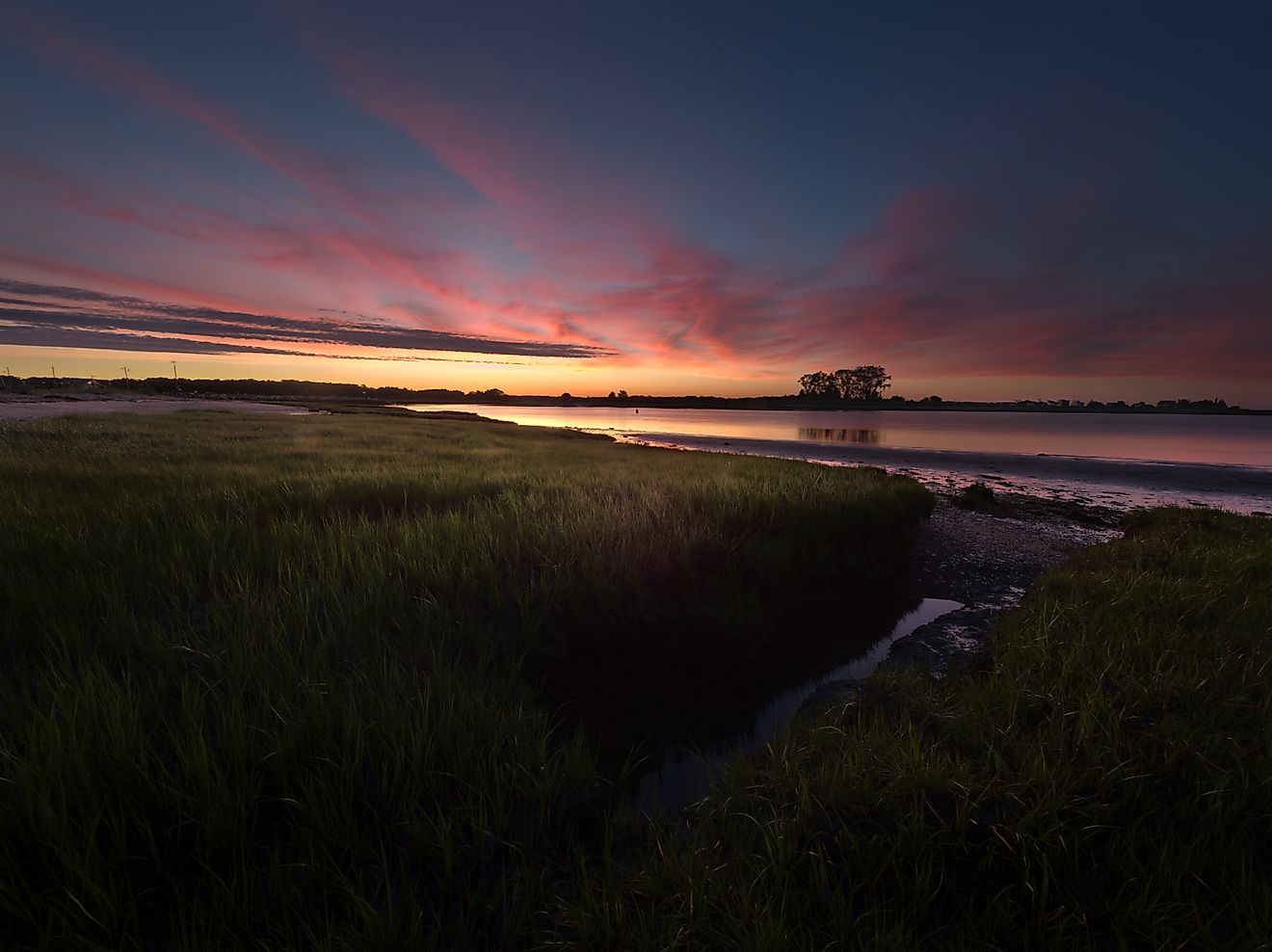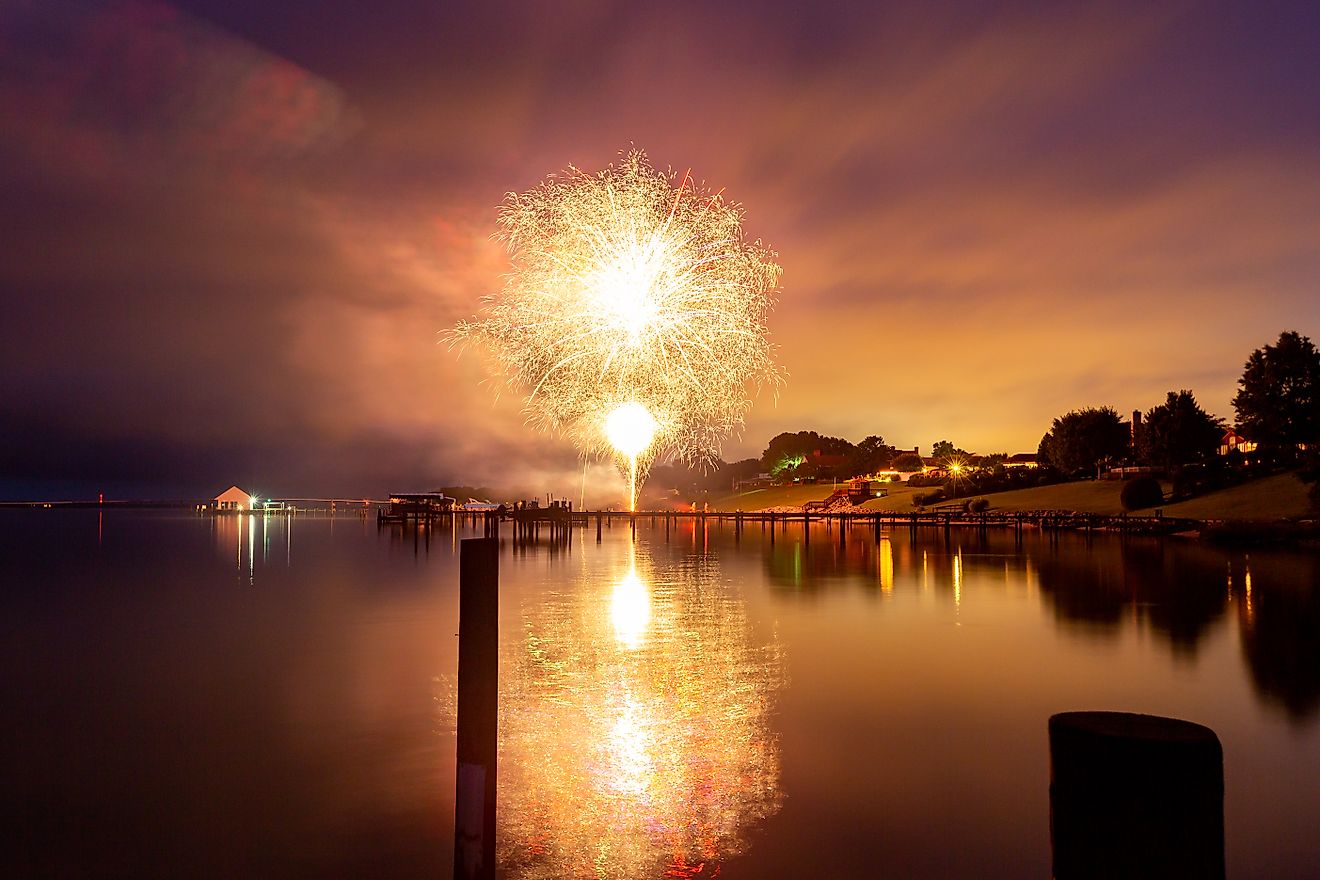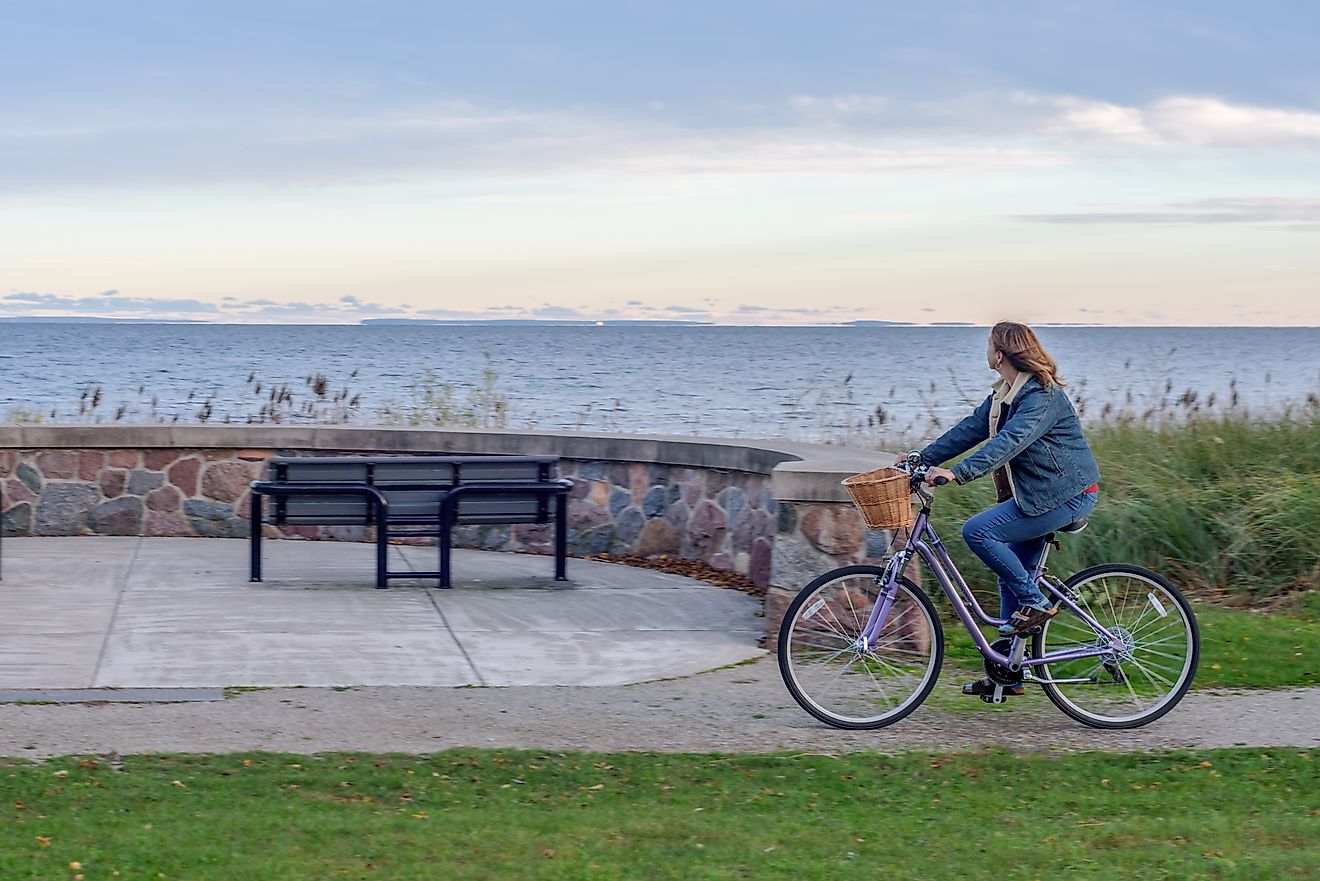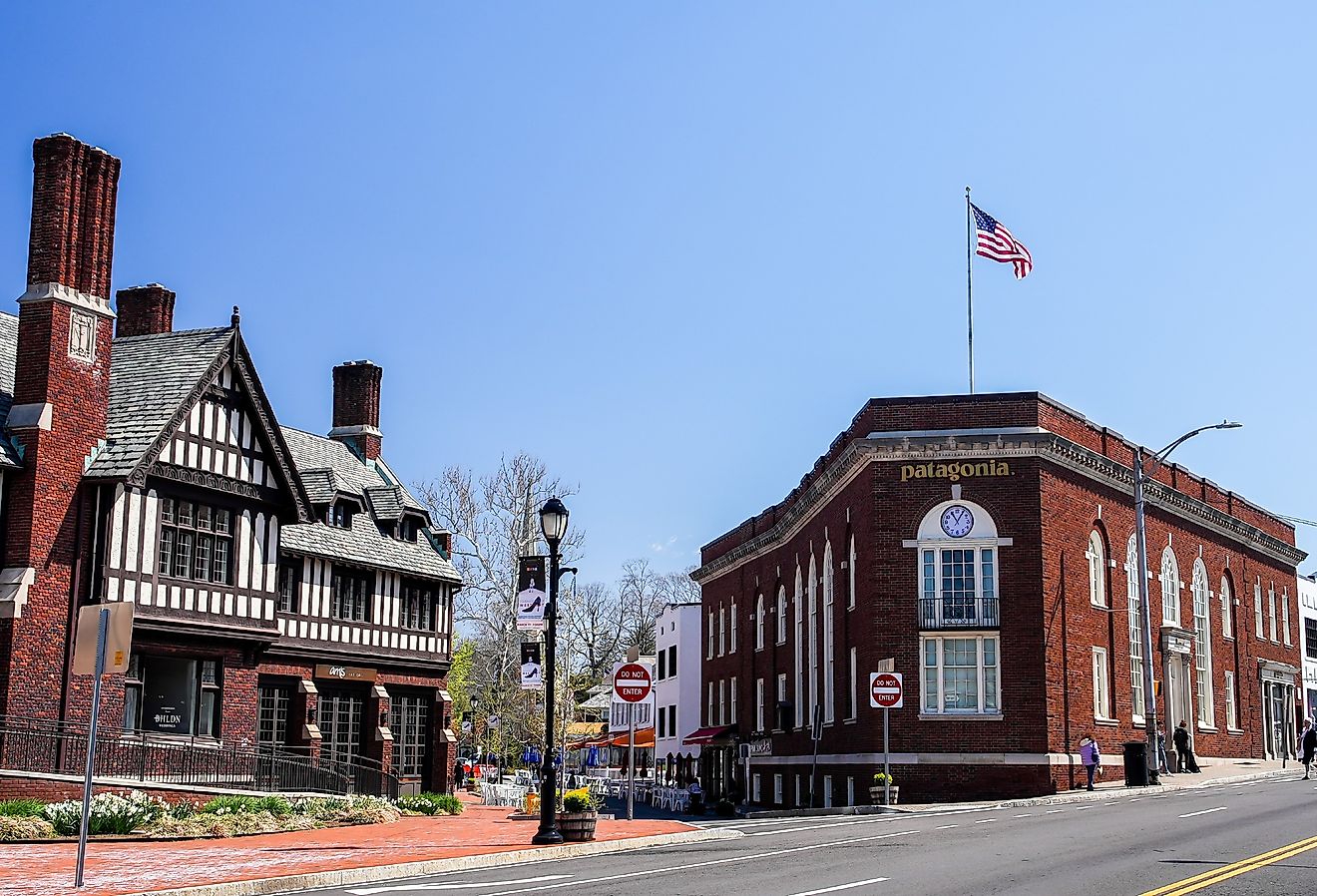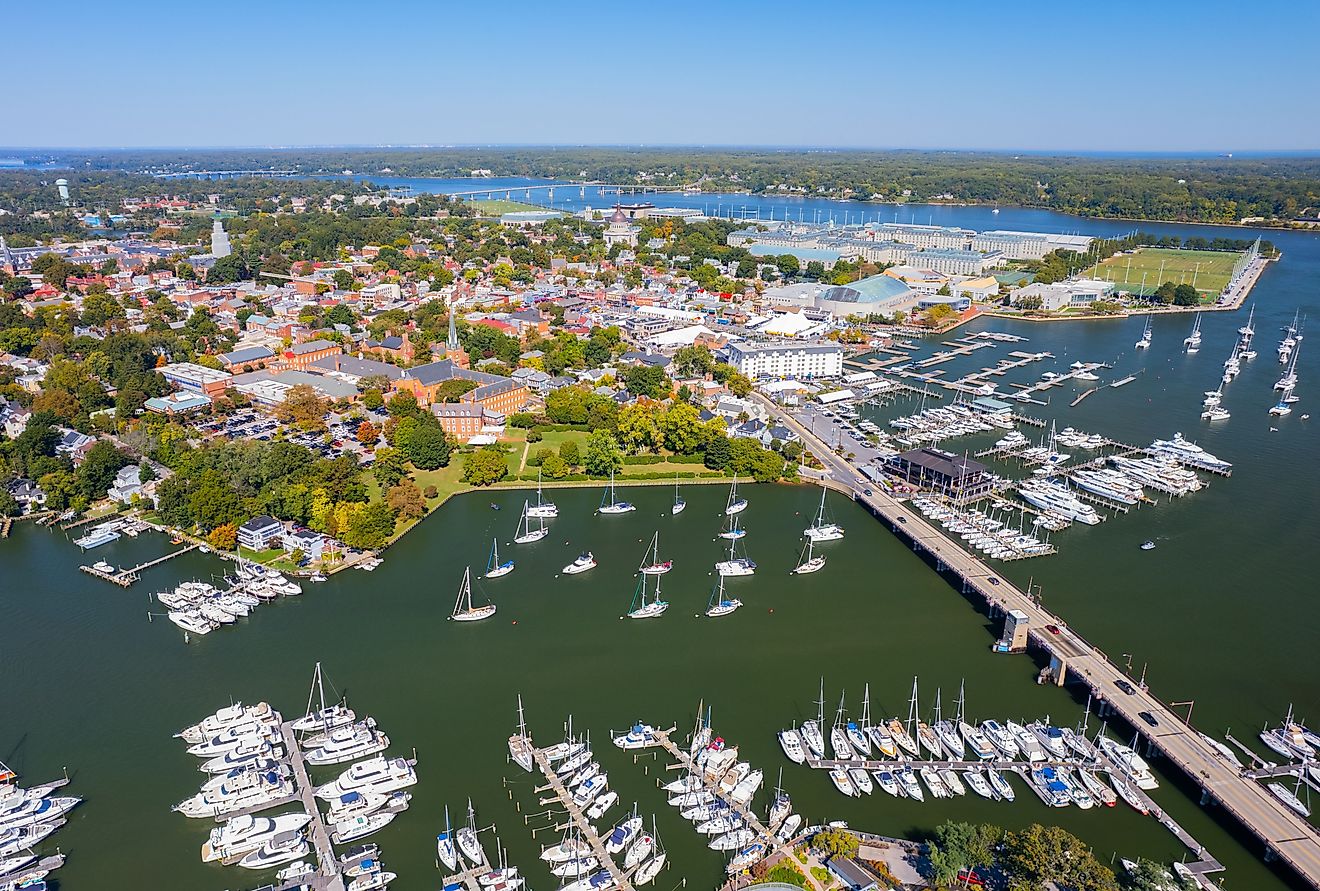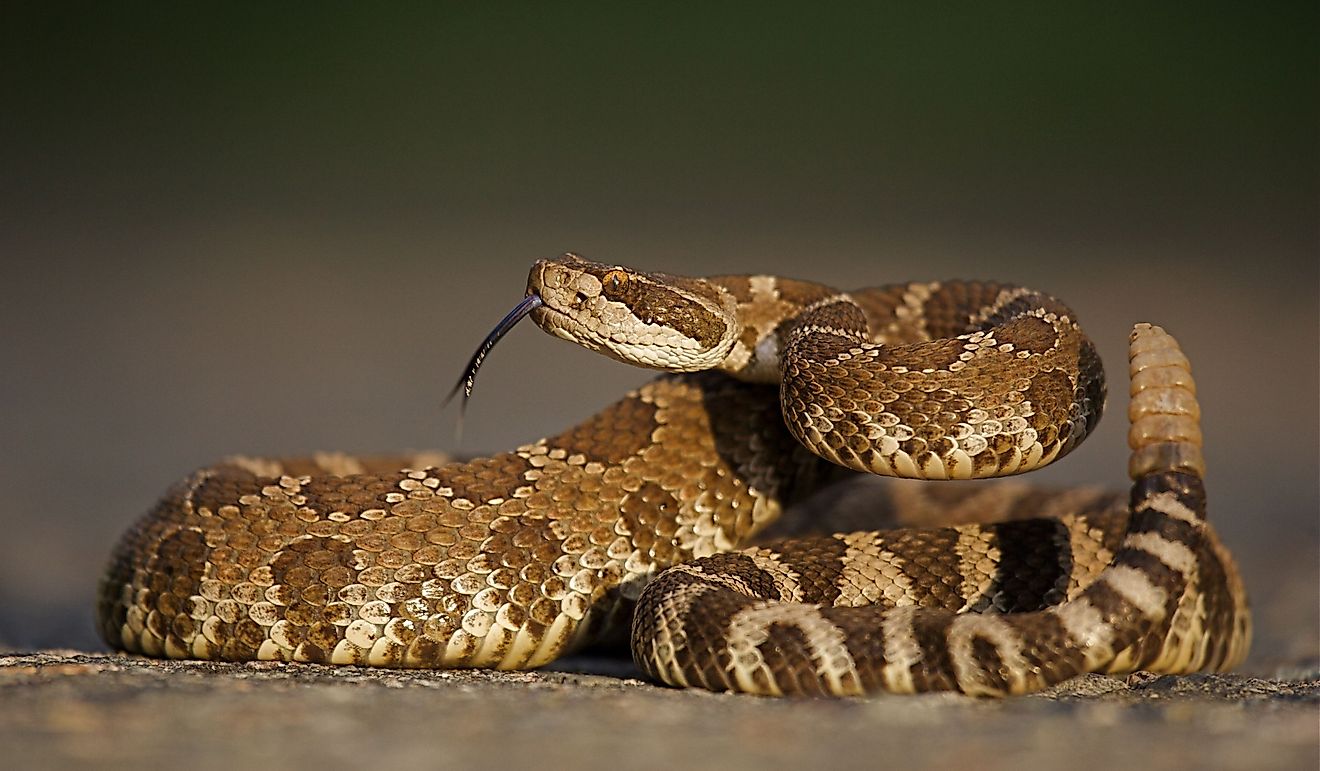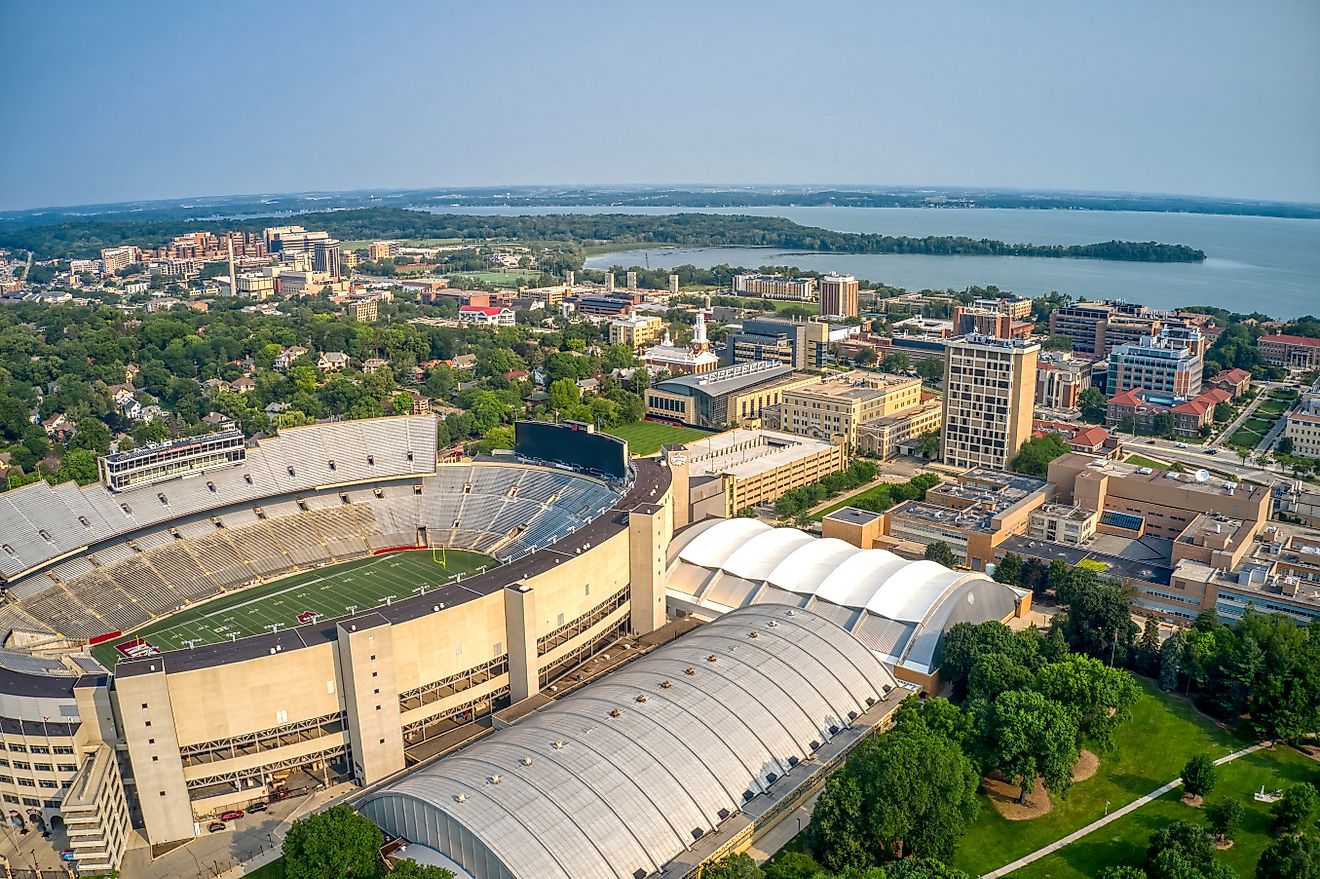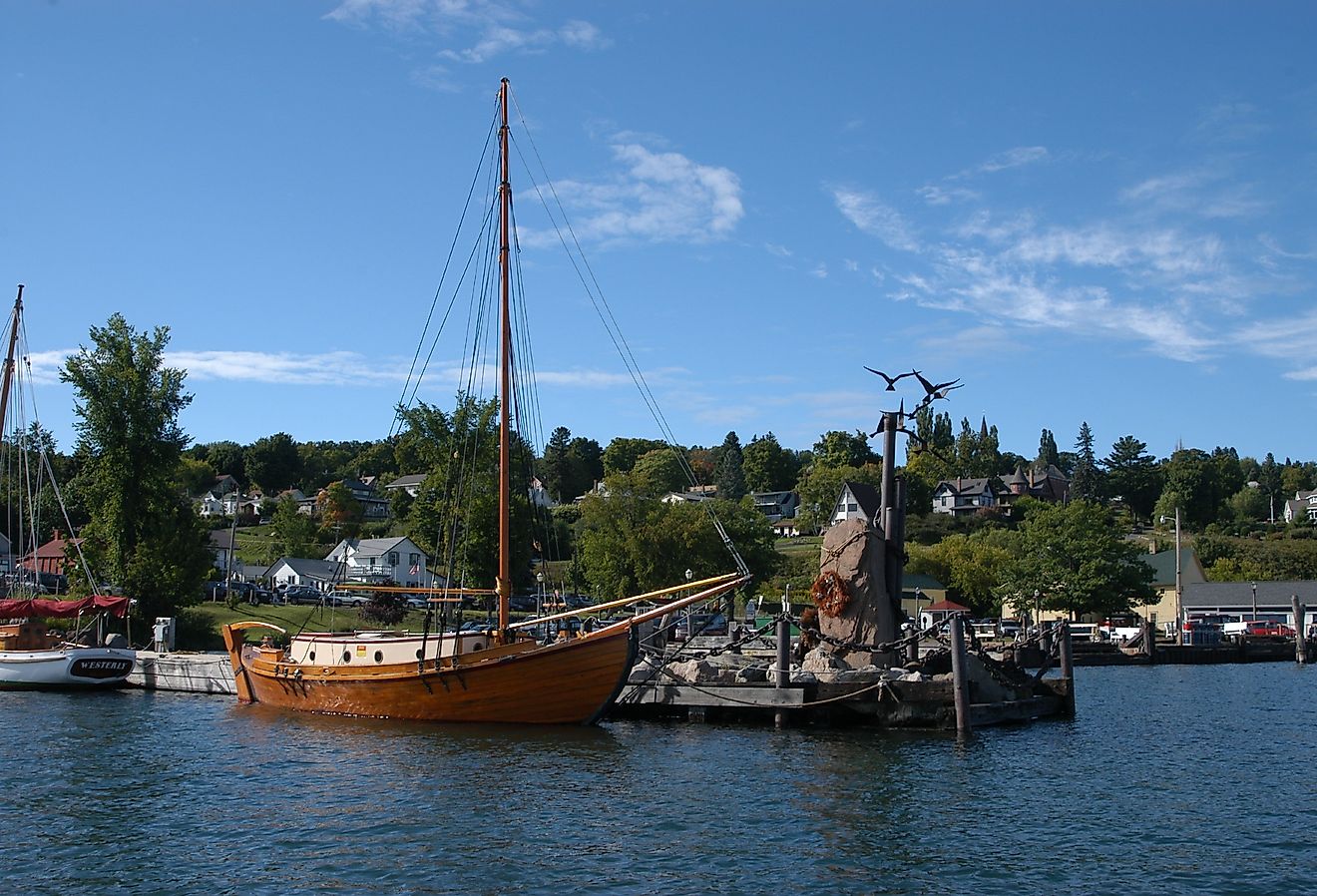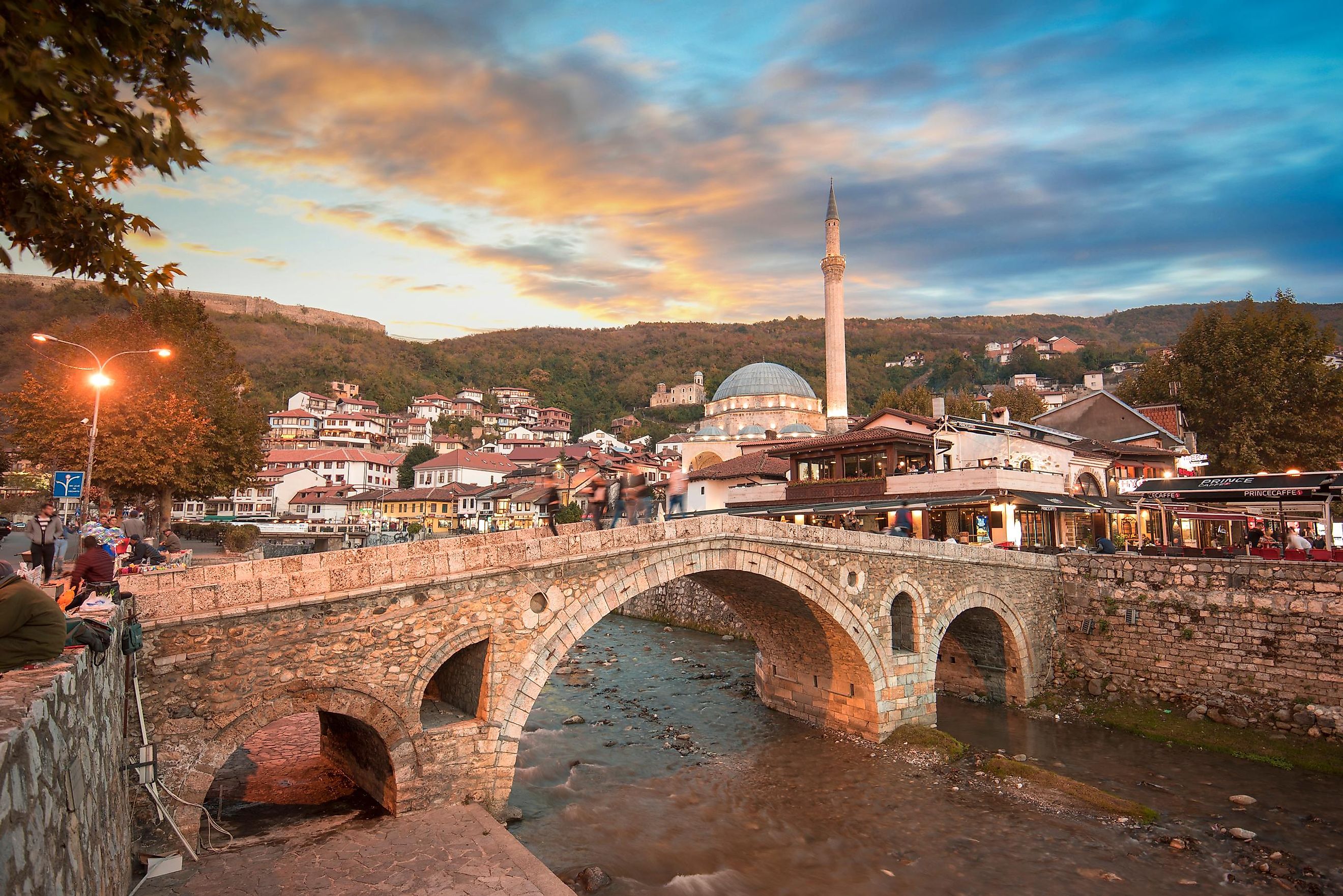
Kosovo
Although some countries or regions have declared independence, they are only partially recognized de jure independent states. The international community does not universally recognize these polities despite having significant (de facto) control over their territories. Kosovo, tucked in Southeastern Europe and sandwiched between Montenegro, Serbia, Albania, and North Macedonia, is one of the partially recognized states in Europe. Although it declared independence from Serbia in 2008, Kosovo is recognized by 98 of the 193 United Nations (UN) member states, 26 North Atlantic Treaty Organization (NATO) members, and 22 European Union (EU) member states. Serbia does not recognize its sovereignty, with the two sides currently working to normalize their relations.
Where Is Kosovo?

Kosovo is a tiny landlocked country in Southeastern Europe located on the Balkan Peninsula. It strategically lies on the peninsula’s center and is enclosed to the north and east by Serbia, West by Montenegro, Southwest by Albania, and Southeast by North Macedonia. Being a landlocked country, Kosovo has no access to the Mediterranean Sea and can only access the Adriatic Sea through either Montenegro or Albania. The Kosovo-Serbian border stretches for about 380 km along Kosovo’s eastern and northern edges. However, Serbians have, on numerous occasions, claimed North Kosovo since they form the majority, preventing access by Kosovo custom officers and police.
Pristina is Kosovo’s capital and largest city. Located near the Goljak Mountains, in the northeastern part, it occupies about 572 km2 and hosts about 200,000 people, mostly ethnic Albanians. It is approximately 520 km to the south of Belgrade (Serbia’s capital) and 90 km to Skopje’s (North Macedonia) north. Its strategic location makes it Kosovo’s financial, economic, commerce, and political center. Pristine also hosts the country’s government, parliament, as well as the prime minister and president’s residences.
Is Kosovo A Country?

Kosovo is the world’s second-youngest country, only older than South Sudan, formed from Sudan in 2011. After years of conflict and strained relations with Serbia, Kosovo declared her independence on February 17, 2008. Although Serbia, alongside 94 other UN member states, including China and Russia, does not recognize its sovereignty, the International Court of Justice (ICJ) ruled that Kosovo was rightfully an independent and sovereign state.
Kosovo is a democratic republic, with politics taking place under a parliamentary representation. The government of Kosovo is divided into three branches: legislative, executive, and judicial branches. The executive branch comprises the president, prime minister, and cabinet. The president serves as the head of state while the prime minister heads the government. Kosovo’s current president is Vjosa Osmani, while Albin Kurti is the prime minister.
The Assembly of Kosovo comprises 120 members elected directly every four years through a secret ballot. 20 of the 120 seats are reserved for minority groups, including Serbs, Egyptians, Romani, Bosniaks, Goran, Ashkali, and Turks. Once the assembly is constituted, it elects the country’s president to serve for a five-year term, renewable only once. The Assembly also elects a prime minister and approves their cabinet nominees. The judiciary is an independent branch, responsible for administering justice.
Brief History

Kosovo’s history is closely linked with the histories of the neighboring countries, particularly Serbia and Albania. Its strategic location and abundant natural resources made it a favorable place for human settlement as early as the Neolithic period. The Dardani are probably the earliest and most important tribe to have lived in present-day Kosovo.
During the Roman period, Kosovo became one of the Byzantine Empire’s most important provinces. The region experienced numerous raids from around the 4th century CE, leading to mass Slavic migration in the 6th and 7th centuries. In the 9th century, Kosovo fell to the First Bulgarian Empire, but the Byzantine Empire restored its control in the late 10th century. The Serbian Empire took control of Kosovo and ruled the region until the mid-15th century. Kosovo became the Serbian Kingdom’s religious, cultural, and political center.
From 1455 to 1912, the Ottoman Empire occupied Kosovo, first as part of Rumelia and later as a separate Vilayet (province). The Vilayet included the present-day Kosovo territory, Montenegro, northern Albania, western Serbia, and northwestern North Macedonia. The Ottomans introduced Islam and attracted numerous ethnic Albanians, who took up prominent positions in the government. However, the Kingdom of Serbia, which once possessed the Vilayet of Kosovo, planned on getting their land back, leading to the Serbian-Ottoman War between 1876 and 1878.
In 1912, the Balkan League defeated the Ottomans in the First Balkan War and drove them out of their region. Western Kosovo was absorbed by the Kingdom of Montenegro, while Eastern Kosovo fell to the Kingdom of Serbia. In 1922, Kosovo became part of the Kingdom of Yugoslavia, culminating in the creation of the Republic of Kosova in 1990 and the Kosovo War of 1998-99. At the end of the war, at least 10,300 civilians had been killed, mostly ethnic Albanians. The post-war events included talks over Kosovo’s final status and subsequent independence declaration on February 17, 2008.
Demographics
Kosovo has an estimated population of 1.8 million people, with Albanians as the ethnic majorities. The minority ethnic groups are Serbs, Romani, Turks, Gorani, and Bosniaks. Albanians account for about 88% of the total population, while Serbs are about 7%. Pristina is the largest municipality, followed by Prizren (187,000) and Ferizaj (101,000).
Although numerous languages are spoken in Kosovo, Albanian and Serbian are the country’s official languages. Albanian is the first language for about 95% of the population, while Serbian is used as the first language by 1.6% of the population. Other languages are Bosnian, Turkish, and Roma.
Islam is the largest religion in Kosovo, with 95.6% of the country’s total population being Muslims. Christian adherents constitute 3.7%, with the majority being Roman Catholics. Islam was introduced into the country by the Ottomans. Today, Kosovo has Europe’s second-highest proportion of Muslims after Turkey.
Geography

Kosovo is a landlocked country in the Balkan Peninsula, covering about 10,887 km2, of which only 1% is water. Although the country does not border any sea or ocean, it has rich water sources, including rivers that flow into the nearby Aegean, Adriatic, and Black Seas. Drini i Bardhë is the country’s longest river at 140 km, while Lumëbardhi i Prizrenit is the shortest river, at 18 km. Besides rivers, there are natural and artificial lakes and streams in the country.
Kosovo has diverse relief and landscape, with the Sharr Mountains dominating the southeastern and southern edges. The western edge is distinguished by the Albanian Alps. At 2,658 m, Velika Rudoka, located in the Sharr Mountains, is Kosovo’s highest peak. The Prokletije, considered part of the Dinaric Alps, is one of Europe’s inaccessible and complex mountain range regions. Besides the mountain, two plains, Dukagjini plains in the west and Kosovo plains in the east, also define Kosovo's topography.
Kosovo’s climate is mostly continental due to its proximity to the Adriatic and the Aegean Seas. The mountainous regions are the coldest areas, while the southern area is the warmest, where the Mediterranean climate is prevalent. Kosovo receives a mean annual precipitation of 600-1,300 mm, while the mean annual temperature is 9.5 °C.
Wildlife

Kosovo has abundant biodiversity, habitat, and ecosystems. Although the country represents just about 2% of the Balkan Peninsula’s total area, it represents about 18% of Europe and 25% of the peninsula’s flora. The Mediterranean climate has enabled plants, such as terebinth, fragrant virgin’s bower, and wild asparagus, to thrive in the area. The Sharr woodland area hosts 86 vascular plants, while the Prokletije areas have about 125 endemic plant species. Some of the country’s endangered floral species are carnation, globe-flower, Didier’s tulip, European yew, and field elm.
The hills and plains are home to numerous animals, including deer, bears, ravens, rabbits, starlings, and magpies. The mountainous regions host quails, partridges, squirrels, and storks. Lakes and rivers contain trouts, salmon, scuba, gudgeon, eel, carp, catfish, and torpedo.
Economy

Although Kosovo's economy has suffered from strained Kosovo-Serbia relations, its GDP has grown, especially after the declaration of independence. The country’s economy is transitional, with major development taking place in the construction, retail, and trade sectors. The economy is highly dependent on FDI and foreign remittance. Comparatively, Kosovo is one of Europe’s poorest countries, with a per capita GDP of $4,649. About 17% of the population lives well below the poverty line, and 30% of the working-age population are not engaged in meaningful employment.
Agriculture and tourism contribute significantly to the country’s economy. Agriculture contributes over 30% of the GDP, with wine production as one of the most successful industries. The US and Germany are the two main destinations for Kosovo wine. The country’s main tourist attractions are the rock formations, mountains, rivers, lakes, and historical cities, such as Peja, Prizren, and Gjakova.

